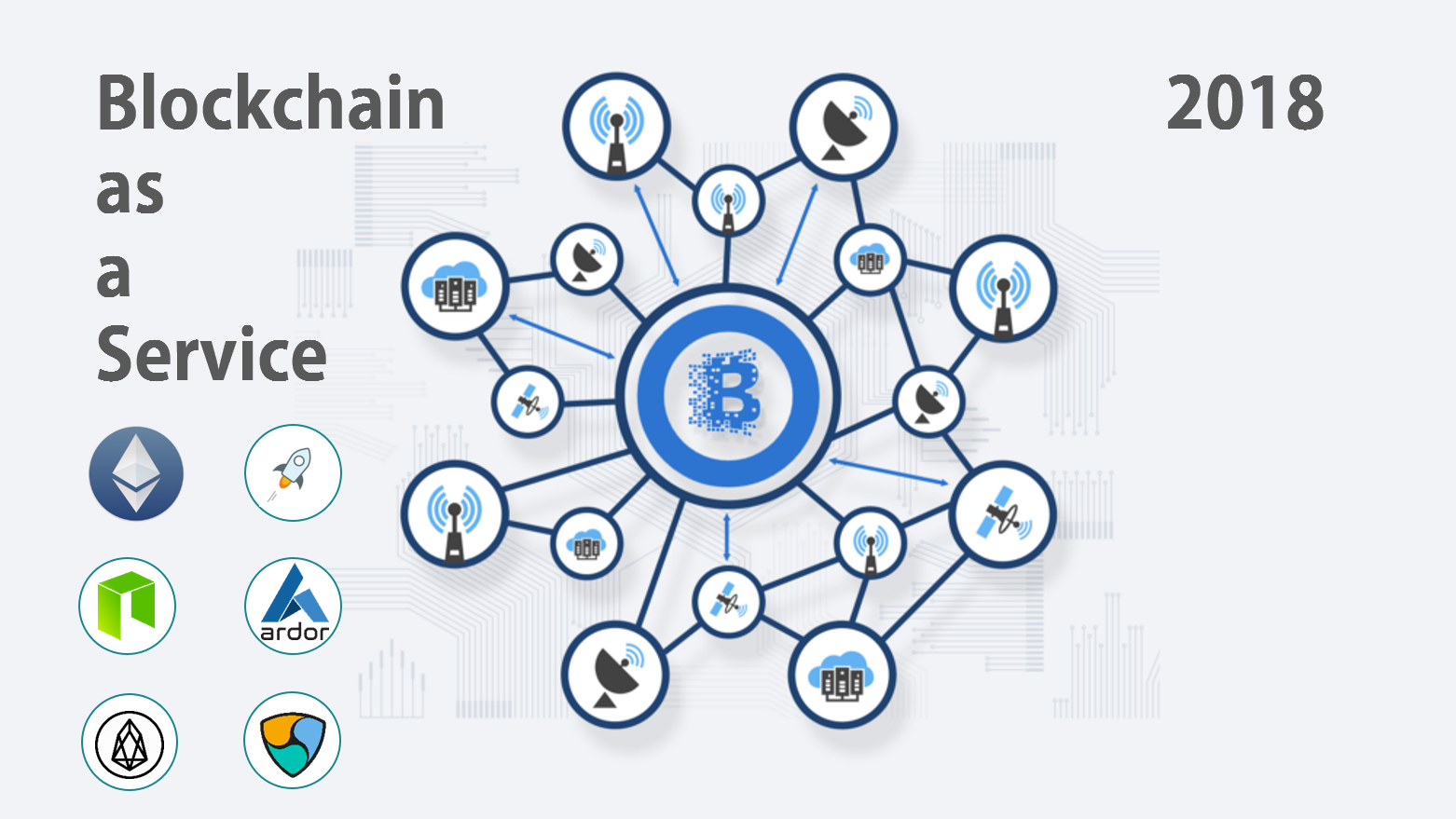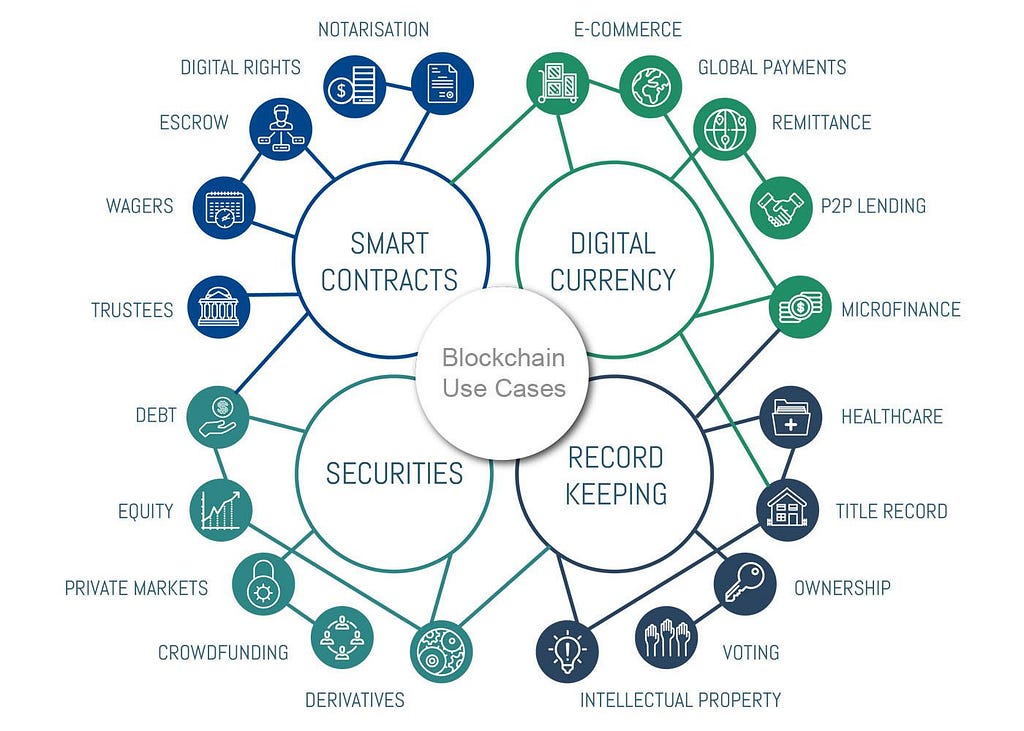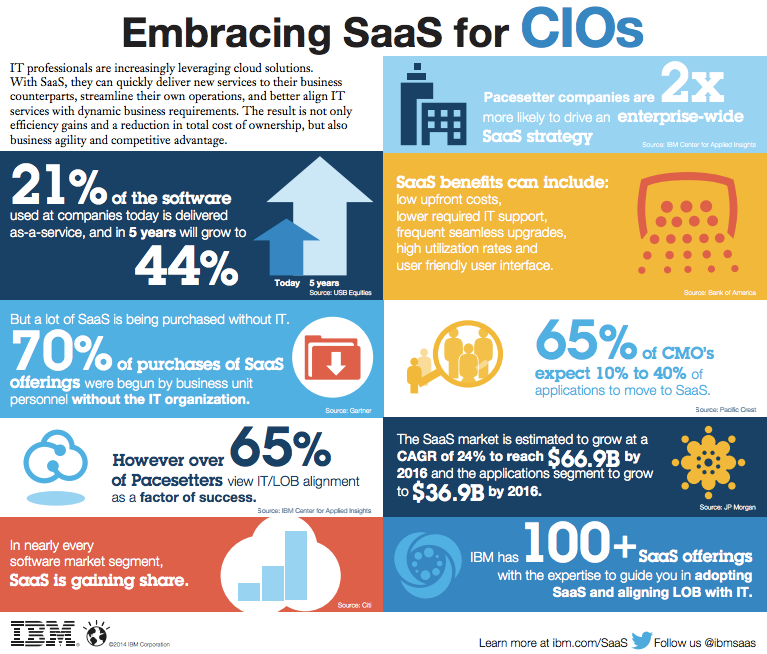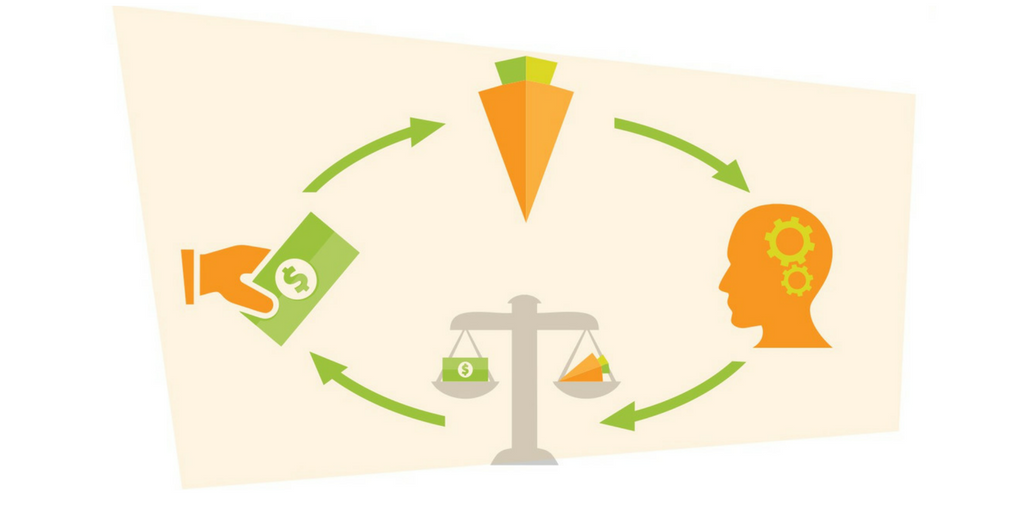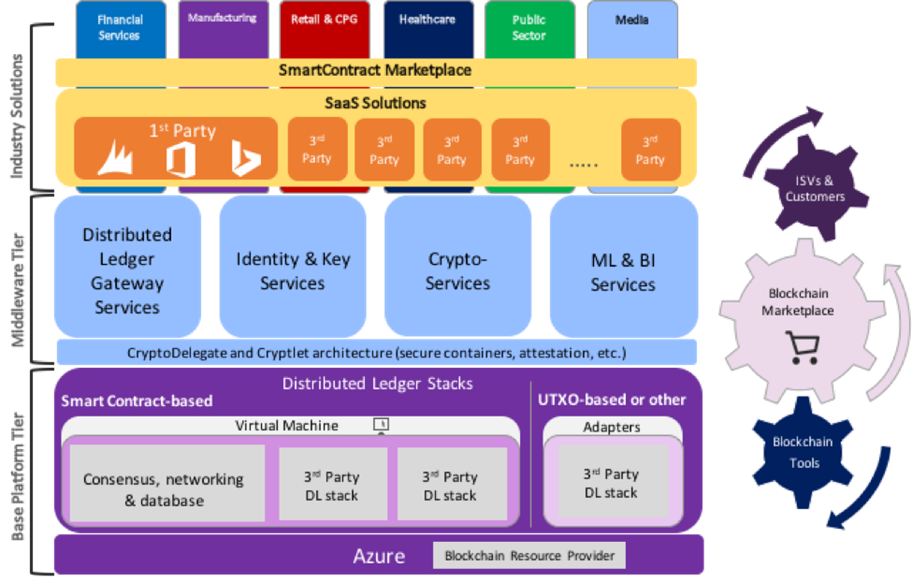Latest news about Bitcoin and all cryptocurrencies. Your daily crypto news habit.
A Guide to BaaS — for people who do not understand SaaS
People in sales love to create mountains out of molehills. In their never-ending quest of simplifying the user experience, they end up inventing terms and terminologies that achieve the exact opposite. So, when I entered this hallowed domain, I was constantly bombarded with terms such as LTV, CAC, sales funnels, contextual advertising, SaaS, PaaS, BaaS, and whatnot.
If you understand these terms, you’ve been in sales, either knowingly or unknowingly, for a while. This article is not for you. It is for those of us who didn’t go to Management schools but work in sales nevertheless in a technology-driven world.
Coming straight to the point, BaaS, or Blockchain as a Service is a portmanteau of Blockchain and SaaS. To understand BaaS, we, therefore, need to understand SaaS, as well as, Blockchain.
What is Blockchain?
Blockchain, in an overly simplified explanation, is like a database (or an excel spreadsheet) that anybody in the world can write. There are two conditions involved that make Blockchain different from a spreadsheet:
- All data written in the database must be first verified by 51% of the people writing on the database
- Data once added cannot be modified or deleted under any circumstances
This makes Blockchain an ideal candidate for managing and auditing businesses that have global operations.
Coming to SaaS — Software as a Service, it is the modern day’s solution to the problem we used to face as the 90s kids. Every time the new gaming title with the graphic-card murdering specifications came out, we either seethed with rage or died a little inside. The nVidia vs ATI battles during the early days of the millennium didn’t help either.
You use SaaS even if you haven’t heard about it
With the advent of better Internet connectivity, a solution to this requirement of asking dad for a new graphics card every year came to an end. Now, some of the popular games could be run on remote machines (cloud) with the game getting streamed directly to your battered old PC/notebook in all its high definition glory.
The providers of such remote machines that performed data crunching started calling it SaaS and PaaS (Platform as a Service). Apart from games, entire services such as Netflix, Amazon Prime, and pretty much every subscription-based service that we see today, re-invented themselves as SaaS or PaaS, almost overnight.
So, now that you understand SaaS and Blockchain, let’s address the elephant in the room — Blockchain as a Service. Since Blockchain itself is in a nascent stage, most of the Blockchain services come in an ad-hoc manner. That’s like milking the cow when a buyer comes asking for milk. There are two problems with that approach:
- It is a waste of the buyers time when you’re in the cowshed milking your cow
- The quality of milk produced varies from day to day leading to unexpected experiences for the buyer, ranging from good to bad.
Got Milk?
This is the reason why milk is pasteurized, sorted, and boxed into cartons for the buyer to just pick it up, pay for it, and drink it. If they don’t like the quality, they can simply buy another company’s carton. You can say that the milkman, the packaging companies, and the mall where you buy it, offer Milk-as-a-Product to you.
Now, imagine if you could only buy monthly subscriptions for milk where you received a gallon of milk every week by paying a monthly fee. That would become Milk-as-a-Service.
Since the Blockchain is like a never-ending database, it does not make sense (at least for most cases), to offer Blockchain as a Product. This is why you’re more likely to come across the term BaaS instead of BaaP.
So, let’s find out, what exactly are the BaaS that can be developed, and how they can help prevent the businesses who want to implement blockchain from becoming the guy who milks the cow after the buyer comes asking.
Examples of Blockchain-as-a-Service
As per our basic understanding of Blockchain, these are the areas where service providers can implement their subscription-based models and become BaaS providers:
- Installing a mechanism to simplify people to write on the database — Known as nodes in the Blockchain world. A node is basically a machine that is qualified to write on the global ledger that is the Blockchain. On public Blockchains such as Ethereum, anybody who meets the Hardware requirements and the ability to install and run Geth can become a node. Companies would not like to allow everybody to write on their ledger. This requires a permissioned network that only allows certain people to write on the permissioned ledger. Since the hardware requirements of running a node are significant and a certain level of technical expertise is expected, a BaaS service that provides a point-and-click solution to the companies would be very appreciated.
- Installing a Traceable Supply Chain Solution — All supply chains are fundamentally similar with differences occurring only in the names of the actors and the timelines involved. The problem with existing supply chains is the opacity that prevents the actors from verifying the status of the good beyond one actor up or down the chain. This prevents actors from providing realistic timelines, while also enabling bad actors to profit from pilfering and profiteering. A templatized solution with the Blockchain as the ledger and IoT devices as data providers automates the entire chain management with 100% transparency and effective prevention of pilferage via prompt reporting.
- Decentralized Identities for Single Sign-On — The current kings of single sign-on (SSO) are Google, Facebook, and Twitter. These companies hold large databases of our information which is prone to get hacked or misused without the knowledge of the users. A decentralized identity or a DID enables users to have complete control over their data and login credentials. Every user can create a decentralized profile that is stored in decentralized databases and its hash is stored on the Blockchain. Now, to verify the users during sign-ups, any third party simply has to match the hash of the user input-credentials and match against the hash. If the hashes match, the profile can get verified and the need to store the user data is eliminated for the third party.
These are just the most common applications of BaaS and a more comprehensive offering can be seen in the infographic below.
Future of Blockchain-as-a-Service
Since Blockchain technologies are still in a nascent stage, their integration with cloud technologies to offer true Blockchain-as-a-Service solutions is still months away. The development and strides made in other technologies such as Artificial Intelligence, Machine Learning, Natural Vision provide a complementary and synergistic avenue to take forward the capabilities of all technologies involved.
A Guide to BaaS — for people who do not understand SaaS was originally published in Hacker Noon on Medium, where people are continuing the conversation by highlighting and responding to this story.
Disclaimer
The views and opinions expressed in this article are solely those of the authors and do not reflect the views of Bitcoin Insider. Every investment and trading move involves risk - this is especially true for cryptocurrencies given their volatility. We strongly advise our readers to conduct their own research when making a decision.
